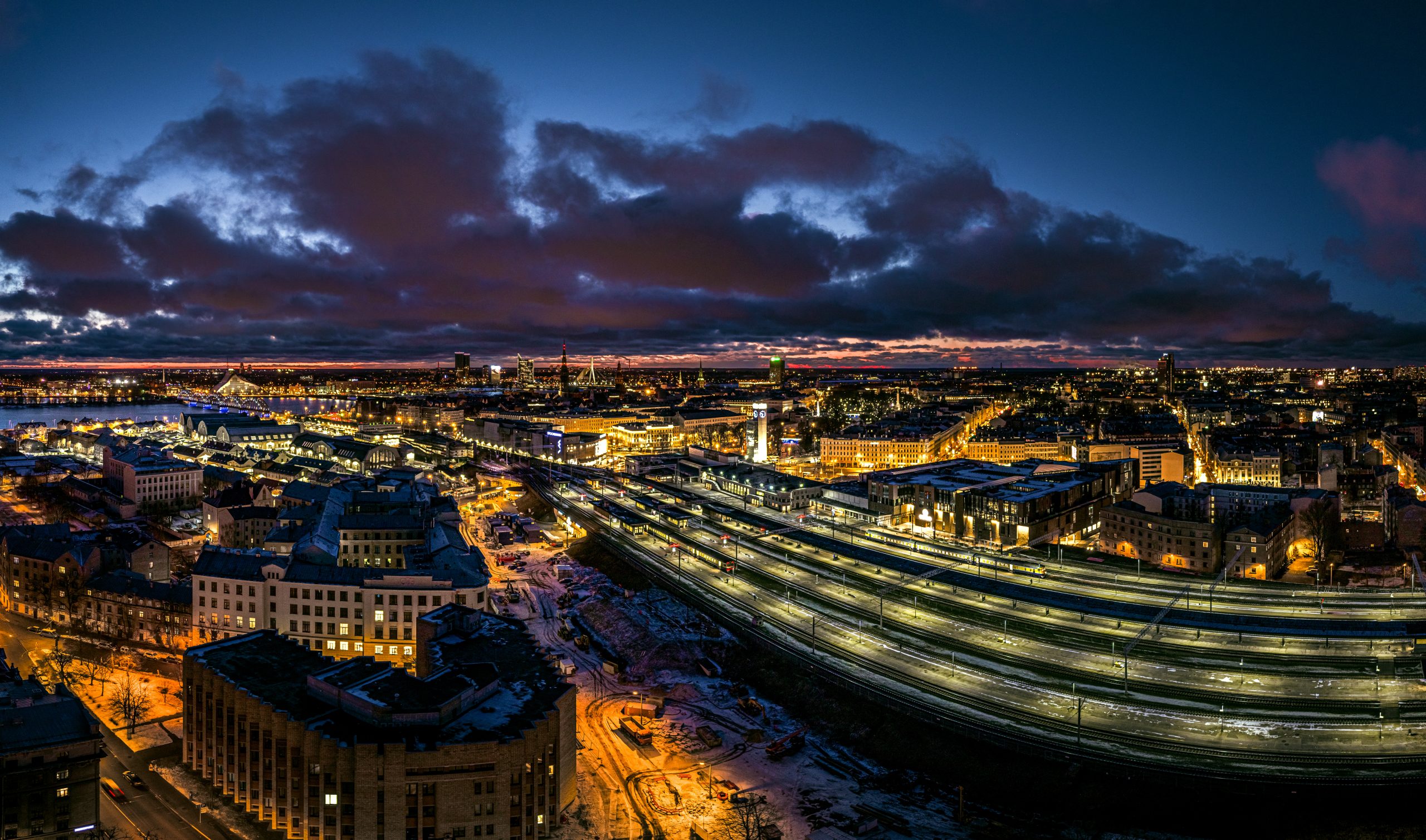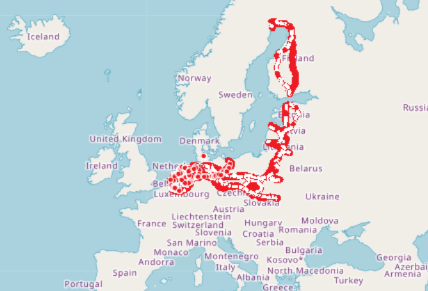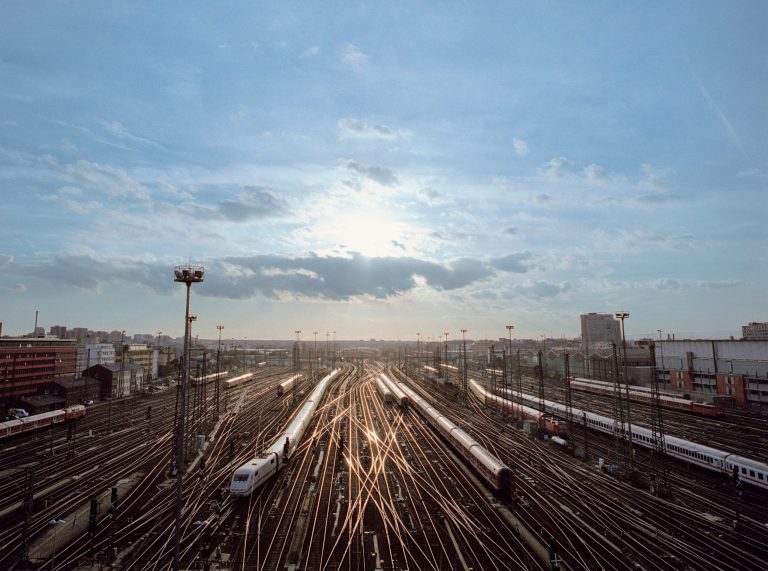The Trans-European Networks (TEN-T) program, which was launched by the EU in 1996, set out to move Europe forward on rail, road and water. Nine transport corridors all across the continent make up the heart of the project. Today we are focusing on the North Sea-Baltic Corridor, which connects Europe’s largest ports to the Baltic states.

The European Parliament decided on December 15, 2020, to make 2021 the European Year of Rail. Now the year is coming to an end. To coincide with the Year of Rail, we have been presenting the details of the TEN-T project in detail, including in articles on the Scandinavian-Mediterranean Corridor and the Rhine-Alpine Corridor. Today we are concluding our series with the North Sea-Baltic Corridor, which connects the Netherlands to Finland.
Linking Eastern and Western Europe
The corridor begins in Belgium and the Netherlands in Western Europe and passes through Germany and Poland before reaching Lithuania, Latvia, and Estonia. It terminates in Helsinki in the far north of Europe. The corridor is around 3,200 kilometers long and, in addition to covering these six countries, it also includes the five largest ports in Europe: Rotterdam, Antwerp, Hamburg, Bremen/Bremerhaven, and Amsterdam. Upgrading and modernizing this corridor will connect the Baltic states to the EU’s economically strong western countries. The TEN corridor includes a dedicated priority project to help achieve this: Rail Baltica, the region’s largest infrastructure project. Some EUR 5 billion is being invested in the project. Construction is expected to take ten years, and DB Engineering & Consulting is involved.
Creating fast, sustainable transport routes
Estonia, Latvia, and Lithuania use primarily Russian rail profiles, which are not compatible with the rails used in the EU. This greatly restricts rail transport between the Baltic States and the rest of the EU. One of the main goals of Rail Baltica is to standardize rail profiles across national borders and speed up freight and passenger transport. The project also has symbolic significance. The new line will integrate the region into the Single European Railway Area, bringing it closer to the other EU countries.
As with all of the TEN subprojects, environmental protection is a top priority. In the future, trains will run entirely on electricity. DB Engineering & Consulting, the Spanish company IDOM Consulting and Italferr, the engineering company of the Italian railroad company FS, are responsible for electrifying the 870-kilometer railroad line. In addition to providing engineering and consulting services, DB Engineering & Consulting is also handling trans-national project management for the traction power supply.
Rail Baltica is scheduled to begin commercial operations in 2026. This isn’t the first time that DB Engineering & Consulting has worked on Rail Baltica. Its past responsibilities included a business plan and pre-feasibility study for the multipurpose terminal at the Muuga cargo port in Estonia and design review and construction supervision for Riga Central Station in Latvia.
International cooperation on the North Sea-Baltic Corridor, on Rail Baltica, and on the many construction projects that make up the projects exemplifies how European integration can work on rail. We at DB Engineering & Consulting are delighted to contribute to Strong Rail in this way.
Contact
DB Engineering & Consulting
EUREF-Campus 14
10829 Berlin
Germany






